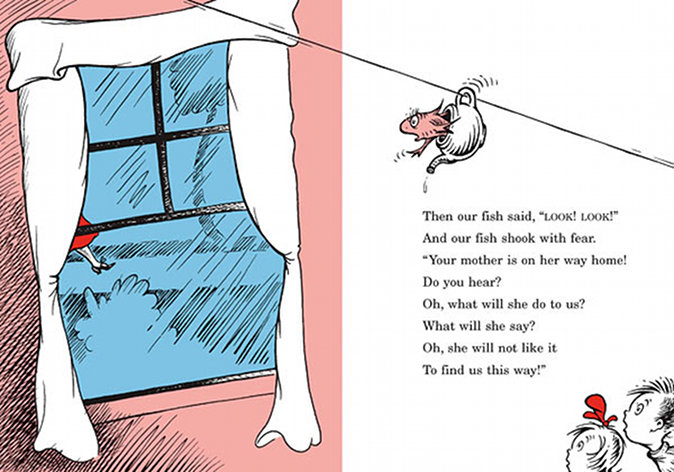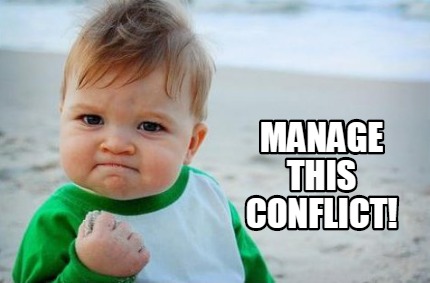Tuesdays with Morrie is a best-selling nonfiction book about Albom's experience learning about life and death from an old sociology professor of his, Morrie Schwartz. I read it in two days, with plenty of pause time, and so I would not say it is a hard read or a dense one. It is simple; but then, I am sure Morrie would argue that is because life is simple.
Before I critique this, let me say I enjoyed the read. I looked up Morrie while reading and am waiting for a better time to watch the TV segments on him that were recorded before his death.
The writing is, as I said, simple and easy to understand. There are aphorisms, stories and humorous bits. As mentioned in Writing Tools, that how-to-write book I am going to discuss (can we say this begins the discussion?), Albom employs short sentences, with an uncomplicated structure, to tell truths. Short and to the point makes people think of it as true and indisputable, Writing Tools says, if I remember right without having it in front of me (I am still at a brother-in-law's, typing this on my phone as my toddler nephew bumbles around the room).
Take the last portion of the first paragraph as a sample:
The last class of my old professor's life took place once a week in his house, by a window in the study where he could watch a small hibiscus plant shed its pink leaves. The class met on Tuesdays. It began after breakfast. The subject was The Meaning of Life. It was taught from experience.
This device was used throughout the book, but usually not in quick succession like it was here. You get the idea, though. It worked well for a story trying to tell simple truths. It made them instantly more accessible and acceptable. I never tried to argue with him.
My primary question about the book is how much of it is fudged. When writing creative nonfiction such as this, small details are often fictional. The color of shirt Morrie is wearing, what the weather was like, that sort of thing. Two instances seemed a bit too clean-cut to me: One is when Morrie pulls out a plant to look at while talking about life and how everyone dies. Useful prop to visualize things for a reader, eh? The other is that while Morrie is dying and wants love and attention, there just so happens to be a parallel character -- Albom's brother. He is also terminally ill but does not want any attention whatsoever, completely ignoring all phone calls. Until after Morrie dies, of course, when he finally allows contact. It's just a little too convenient for truth, don't you think? But maybe it is true. Who would be heartless enough to lie like that for cash?
My primary discontent with the book is it doesn't teach life lessons, it tells them. Life lessons are not taught through aphorisms, but through experiences. I suspect this book could only change a life that is ready for it. If life has been trying to teach the same lessons it tells, this might incite the moment of epiphany. Otherwise, I bet people come away from it like I did: "Well, that was a nice, uplifting read." No life changes, no teary phone calls, no new resolutions.
This is why for self-help or inspirational, I prefer fiction. It is easier to experience lessons that way. Easier to write them so that the reader becomes immersed. It can be done in nonfiction, but Albom didn't manage it.




